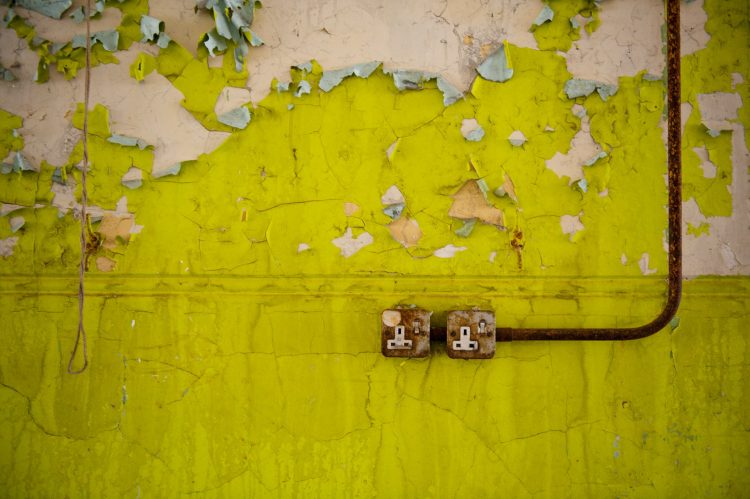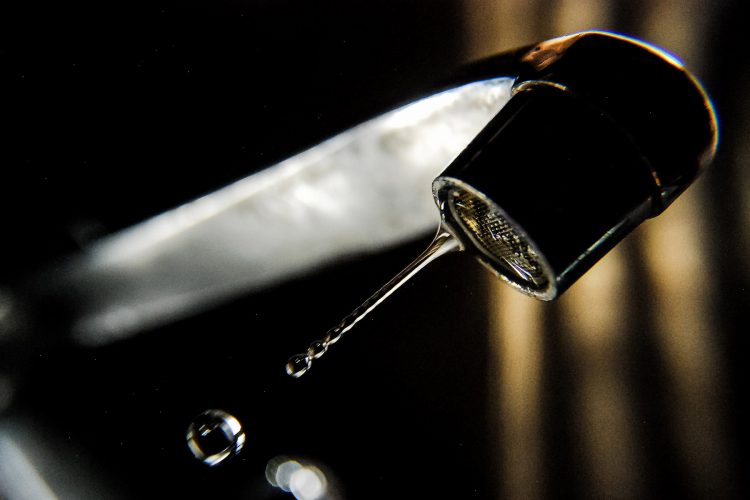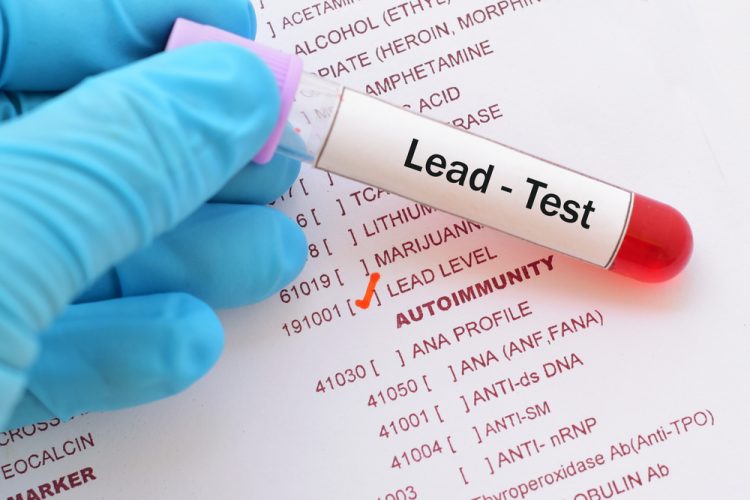There is nothing more precious than spending time with your family in the comfort of your home. But have you ever wondered how carefree those precious moments really are? Exposure to harmful metals is not limited to industrial plants, but those injurious substances can also harm our health in your own home. Sounds scary, doesn’t it? Suddenly the whole world that you created and that you were very proud of does not seem safe enough.
Some harmful metals can really be found in your homes that can damage your health. These metals can have the most consequences on children. Their immune system is still not formed, and while they crawl, fall, put toys from the floor in their mouths, there is a great possibility that they will introduce these harmful substances. That is why it is very important that we are aware of all the sources of these invisible enemies and that we act preventively.
One of the most common poisons in our body is lead, and its presence can even affect the mental health of our children. In addition to lead, mercury, arsenic, manganese, bismuth, and others can be found. Lead is bio-accumulated in our body, that is, when one enters our system, it cannot be excreted. It just settles and accumulates. Lead is one of the earliest researched poisons that act on nerves and the brain.
Where does lead come from?

Lead has been used in paints for walls and furniture, for making water pipes, it exists in gasoline, dishes, and many other products with which we are in daily contact. Even the ground on which the house is built can contain lead. It was not until the end of the 20th century that scientists warned of the harmfulness of this substance and its growing presence in homes around the world. They warned that most of the lead is in the paints with which we paint the walls, the dust that is created by the falling off of old paint, but also in drinking water. Most countries around the world reacted to the presented facts, but not all.
Color

If your home was built before 1980, chances to have lead in your house are high. Not before 1978, a law was passed that lead-free paint should not be used. Even though you have painted your home more times than it was made, a layer of lead paint falls off your walls in the form of dust, which we later inhale or touch. Remember that young children are the most at-risk group. And they are the ones who crawl around the house and constantly touch different objects.
Water

On average, more than a billion glasses of water are drunk every day in the States. In addition to drinks, you also use water for cooking and maintaining hygiene. Have you thought about how safe the water actually is? It is a worrying fact that 10-20% of our exposure to this comes from the water we drink. Striking, right? Do you wonder where the lead in your water comes from? The answer is simple: plumbing pipes! Almost all plumbing material can be a source of lead. Taps, fittings, pipes over time begin to decay, corrode and thus release lead into the water we use. This is a very serious problem that we cannot control and fix so easily. Corrosion is higher in places where the water is more acidic and with fewer minerals. Concerning these alarming facts, many states have made regulations that pipes containing over 8% lead in themselves should not be used. Later, they raised the limit to 0.25%. however, a very large number of houses were built before 1980, and this problem has not yet been reduced to a minimum.
What you could do?

In the beginning, you can test for lead in your home. There are 3 very easy ways to find out.
- There are various tests on the market that you can use to determine if there is lead in your water or air. These tests do not cost a lot of money, and you can buy them in paint and varnish stores or specialized stores for construction materials. AquaScreen drinking water test kit is the best, most, accurate, most cost-effective option for quickly testing your home drinking water to make sure it is safe.
- Find an accredited laboratory in your council and inquire about an environmental laboratory test. This way is slightly more expensive than a home test but also more reliable. You can invite them to take a sample from your house or take the sample yourself if you think you are professional enough. The sample should be placed in a sterile container that has not been used before. It may be best to use a home test kit and send the sample for analysis.
- Licensed professionals are always there for you. If you do not dare to do the test yourself, or suspect the presence of lead in your home but are not sure where to get the best sample, they are here for you. Licensed lead risk assessors are a group of experts who know best the possible risks of lead in your home. Their findings are almost 100% safe, and their advice can be crucial to your health. All you have to do is call your local health department or state or local water department and they will send you their team.

If it turns out that there is a concentration of lead in your home, it is very important to detect what it is that produces it. If it is painted on the walls, we suggest keeping children away from those painted walls. Especially avoid walls that are damaged and from which dust falls. Ventilate regularly and raise the hygiene of your home to a higher level. Wash your little ones’ hands and of course, your hands regularly.
If lead is still in your water, take everything you need without waiting. It would be a good idea to replace the pipes immediately, but if you are unable to through the pipe or tap that has corroded, never drain the hot water. Use only cold water. If the lead level is high, use only bottled drinking and cooking water or water filters. If the lead level is lower, we suggest that you let the water swell before each use. By standing in corroded pipes, water carries with it a large number of harmful substances and lead. Only after this process, use water.
Remember, detecting lead in your home is the first step in protecting your family’s health.
 Hi Boox Popular Magazine 2024
Hi Boox Popular Magazine 2024



